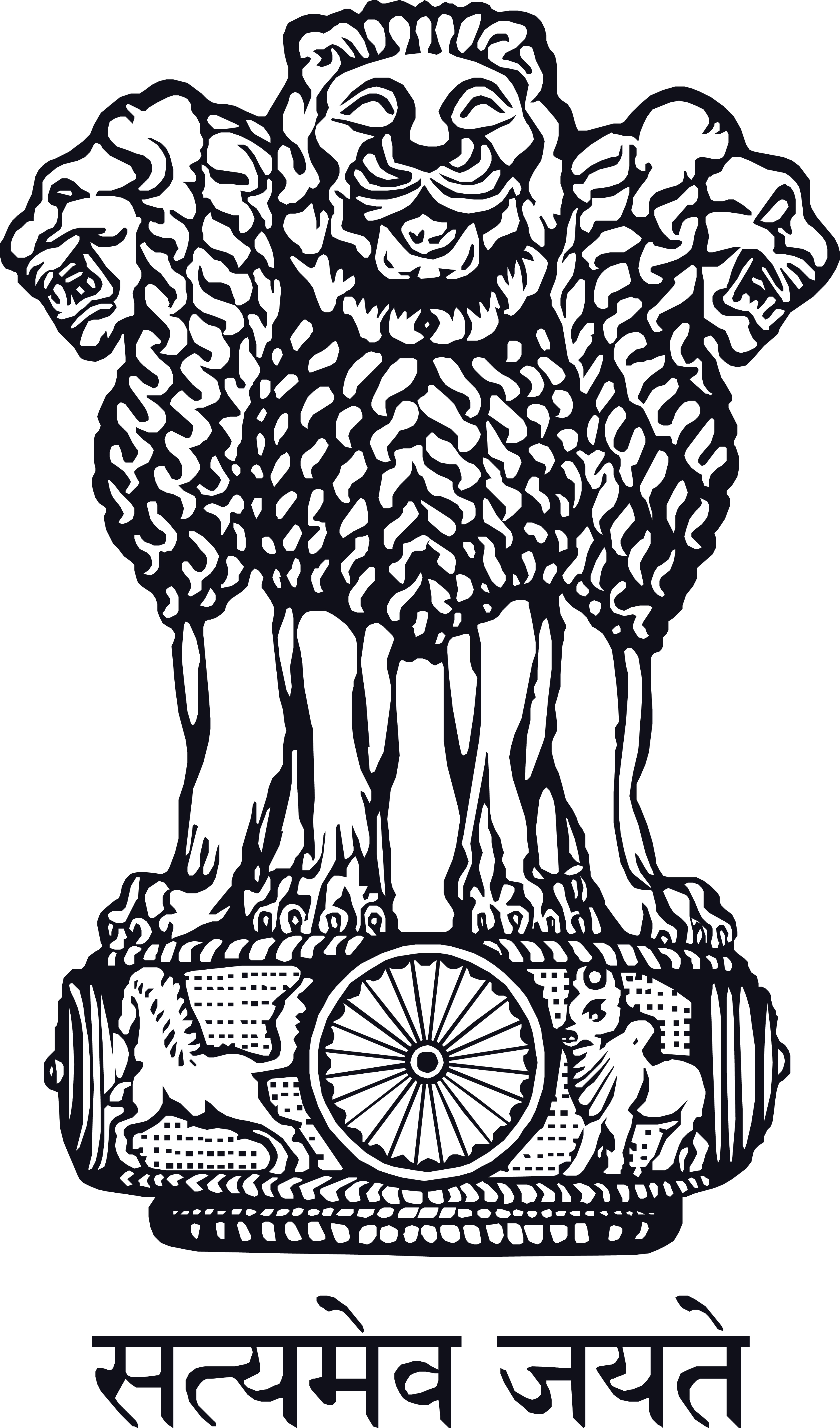Pharmacotherapy
Unani System of Medicine emphasizes on maintaining health by natural ways and means through change in life style, regulation of diet, regular exercise, normal sleeping habits and avoiding factors, which may adversely affect the quality of life.
In conditions, where these procedures are not adequate in correcting the alterations in health, Pharmacotherapy or treatment through drugs is recommended. Some medicines are processed in natural way before use.
The Unani Materia Medica includes more than 2700 single or natural drugs. These drugs are classified into the following groups according to their origin.
Nabaati (Having plant origin)
These are either parts of plants e.g. seeds, roots, flowers, stem fruits, leaves, barks, galls, latex, exudates or the entire plant as such.
Haiwaani (Having animal origin)
Drugs of animal origin can either be animal products like milk, urine or animal parts such as hoofs and nails, hairs, flesh, organs, fats or entire animal e.g. crab, scorpion, earthworm etc.
Ma’dini Advia (Having mineral origin)
Minerals existing in nature are also used for therapeutic purposes and consist of ores, metals and precious stones, salts, stones, clay etc.
The drugs are processed with the following objectives
- For cleaning
- For altering their potency
- To convert into consumable form
- For preservation
- For minimizing the dose.
The processes involved in cleaning are: -
- Tasweel (Washing with water for cleaning)
- Tasfiya (Sieving)
- Argha (Defrothing)
- Maghsool (Washing)
- Aqla –Burnt to ash, soaked in water, strained and water evaporated e.g. Jawakhaar, Shora Qalmi
The processes involved in preservation are: -
- Taqteer (Distillation)-Drugs are preserved through distillation e.g. Arq-e- Gulab,Keora.
- Tajfeef (Drying)-Drugs are dried in sun, shade or flame to preserve, e.g amla, behi, narjeel, zanjabeel, etc.
- Usarah (Juice)- Usarah is obtained to preserve the drug.eg usarah-e-afsanteen, Usarah-e- asl-us-soos.
- Murabba (Jelly)- drug is preserved in sugar syrup eg Murabba-e-behi, Murabba-e-amla, and Murabba-e-seb.
- Rub (Concentrated Juice)-Juice is concentrated to preserve the drug e.g. Rubb-e-behi, Rubb-e-seb
The processes involved in altering the potency of the drug are specific to that drug. Examples of some of the drugs processed are:-
- Silajit
- Shangraf
- Sulphur
- Turbud
- Honey
- Licorice
Kaifiyaat (character) of drugs are given below: -
- Haar (Hot)
- Baarid (Cold)
- Ratab (Wet)
- Yaabis (Dry)
Drugs have been classified into four grades according to their intensity: -
- Darja Awwal (Grade I) - Medicines which, after metabolism alter the physiological condition of the body either in terms of temperature, functioning or behavior a little above the normal limits.
- Darja Doyam (Grade II) - Medicines which, after metabolism alter the physiological condition of the body either in terms of temperature, functioning or behavior in partially abnormal limits
- Darja Soyam (Grade III) - Medicines which, after metabolism alter the physiological condition of the body markedly.
- Darja Chaharum (Grade IV) - Fatal Drugs/Poisons.
These drugs again can be used internally or externally
- Solid preparation for internal use e.g. Firzaja, Safoof, Laooq, Hab, Khamira, etc.
- Solid preparation for external use e.g.Zimaad, Kajal, Sanoon, etc.
- Liquid preparation for internal use e.g. Ma-ul-Jubn, Sharbat, Sikanjbeen, etc
- Liquid preparation for external use e.g. Aabzan, Natool, Dalook, Huqna, and Ghargharah etc.
- Gaseous preparation for internal use e.g. Lakhlakha, Shamoom etc.
- Gaseous preparation for external use e.g. Wajoor, Inkebab etc.
- Digestive System - Amla, Filfil Siyah, Zeera, Ajwain, Mako, Kasni, etc. Jawarish at are specifically used in gastric disorders.
- Respiratory System- Asl-us-soos, Gaozaban, Unnab, Sapistan, Behdana, Badiyan, etc. Most of the gaseous preparations as well as Laooqs are specific for respiratory system.
- Cardiovascular System- Abresham, Kafoor, Sandal, Zafran. Generally Majoon and Khamira are specific preparations for cardiovascular disorders.
- Central Nervous System- Halela, Balela, Amla, Asgand, Azaraqi, Afiyoon, Bhang, etc. khamira and Itreefal are generally specific for Central Nervous system.
- Genital system- Khurma, Piyaaz, Supari, Musli, Tudri, Behmanain, etc. Laboob are usually reserved for disorders pertaining to males and preparations like Firzajah, Humool for disorders pertaining to females.
- Nuzj (preparation of the atmosphere in the body for easy excretion of morbid material)
- Tanqiya (evacuation of morbid material)


